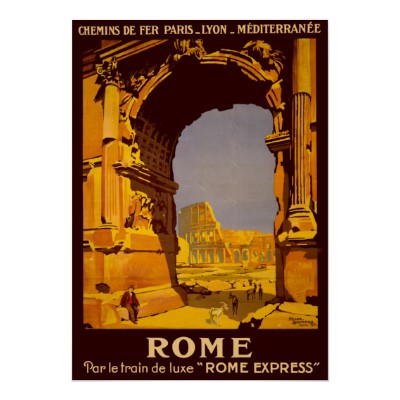want to know aboutthe history of Rome in the 19th century? Our guide gives you the historical facts & information of Rome in the 1800s you want to know.
Rome has long been a jewel in the crown of Italy. Another name for this fascinating place is “The Eternal City.” The history of Rome, Italy is a long and unique story that is evident in relics that surround you. Rome is one of Italy’s largest and most populated cities, and it is a Mecca for tourists to explore the mysteries of a city that is as old as civilization.
As the home of the Catholic Church for the past fifteen hundred years, the history of Rome, Italy is tied up with the Papal institution. Rome was the center of an empire that was both feared and revered in the world of the ancients. Rome, Italy seamlessly weaves past and present into a tapestry that pleases both citizens and tourists from around the world.
History of Rome in the 1800s
It was in Rome that efforts of the process of Counter-Reformation were centered. The pope was still an uneasy ruler backed by the French. There were several rebellions during this time and the Romans were able to fight them off with the help of French troops.
Rome became the main focus for those who hoped for unification of Italy. Rome had twice gained independence, but it was a short lived freedom. King Vittorio Emanuele II was the ruler of the Kingdom of Italy and once the French removed their protection of the city in 1870, the King had his troops storm the city. Declared capitol of the unified Italy, Rome has enjoyed this distinction since 1871.
The Unification of Italy
While the rest of Italy was united beneath the rule of Piedmont from 1859-1860, Rome remained quiet and undisturbed because of the French troops that were still a presence in the republic. The newly formed State of Italy took their chance at capturing Rome when in 1870 the French troops had to return to their motherland. Once Rome was seized, it was soon declared the capitol once again.
The Third Rome
This new or “Third Rome” saw many changes over the decades that followed. It wasn’t long before the city outgrew the ancient walls and new regions were developed. There was much traffic and historic monuments were often moved in order to make room for the developing Piazza Venezia. The Tiber River enclosure as well as the Palazzo di Guistizia was constructed during this era of history in Rome, Italy.





